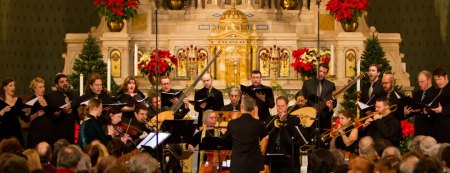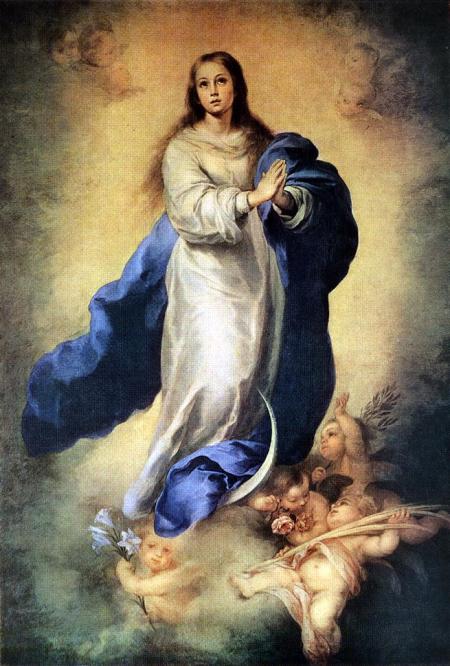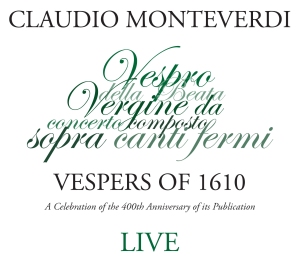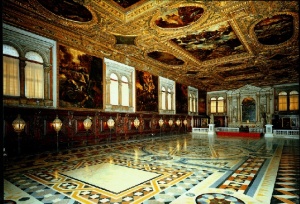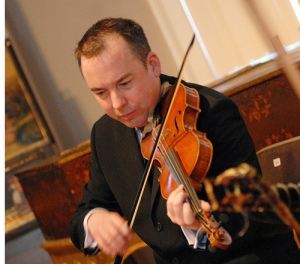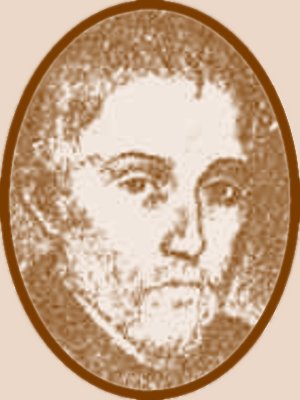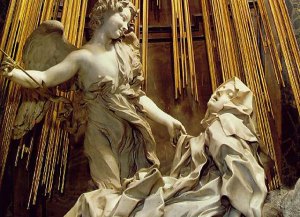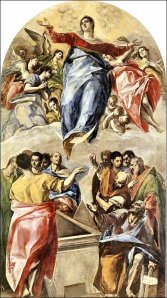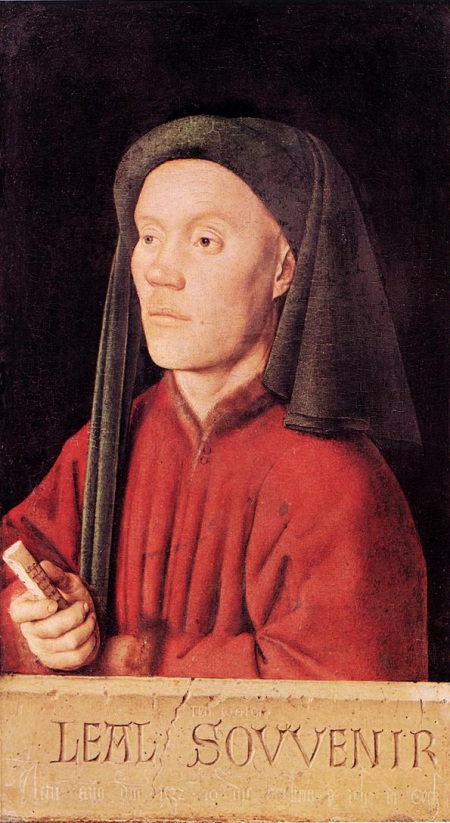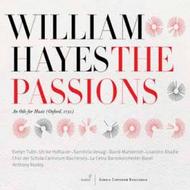How many live performances of Claudio Monteverdi’s Vespers of 1610 have you attended? Let me rephrase the question, how often have you heard the Vespers performed by critically acclaimed singers and instrumentalists (including strings, cornetti and sackbuts) in a marvelous venue (Church of St. Mary the Virgin in NYC and St. Paul’s Church in Cambridge, MA)?
If you live in either city or just love this music and want to promote it, I urge you to contribute to the Green Mountain Project 2013’s Kickstarter campaign in support of their performances of Monteverdi’s Vespers of 1610. Here’s some of what you will hear:
I first learned about the Green Mountain Project back in 2010 when I was researching an Early Music America Magazine story about the Vespers. I interviewed soprano Jolle Greenleaf (the project’s co-artistic director) and was struck by her love and passion for the piece. I missed the New York performance that year (miserable flu laid me low), but have attended every performance since and was so impressed with TENET (Ms. Greenleaf’s vocal ensemble that forms the core of Green Mountain Project), I joined their board of directors. Here’s what I had to say about their recording of the 1610 Vespers.
You can contribute to the Kickstarter campaign here and, depending on how much you pledge, get premium seats and CDs of performances of the 1610 and 1640 Vespers. The Green Mountain Project Vespers typically sell out, so by pledging $30 or more, you guarantee yourself a seat.
Why take the word of a board member? Read what Allan Kozinn of the New York Times had to say about last year’s 1640 Vespers.
You can learn more about the Green Mountain Project here.
